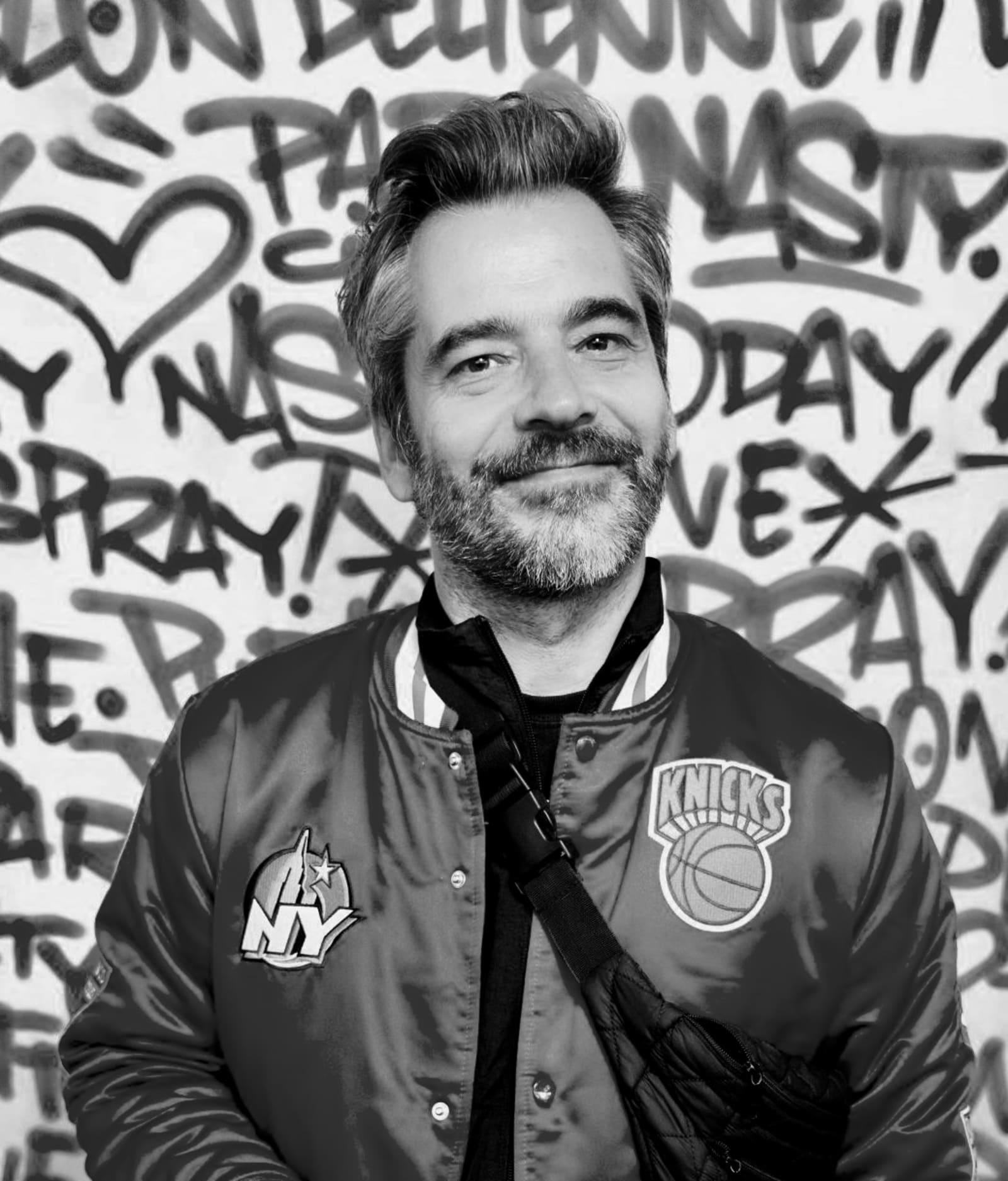artwork infos
landscape
3d
02:00
2023

Vincent Viriot
SkullandVapor

Vincent Viriot
Vaporrr

Vincent Viriot
ATHENA - Horizontal

Vincent Viriot
RUG

Vincent Viriot
James Pong

Vincent Viriot
VAGUE

Vincent Viriot
M S T K 0 3 - Vertical

Vincent Viriot
CARYATID - Horizontal
Vincent Viriot, producing work under the artist name FMK7, is a motion designer and gif artist based in Paris, France. With an expert use of 3D software, his style is characterized by bright and vivid colours, often incorporating artistic movements from the past, such as historical Hellenistic Greek sculpture, with a contemporary twist. Through warping and interweaving Ionic columns through his 3D sculptures, tinted in pastel or neon hues, or elsewhere taking a more minimalist and abstract approach to his works with soothing and satisfying undulating motions, Vincent's visual output seamlessly converges art historical past with its technological future.
In his work as a freelance artist, Vincent Viriot has worked for several notable clients, such as The Hundreds, Puma, Instagram and Facebook.

PNZR 02 - Horizontal

Combining antiquity with modern-day graphic design.
In this work, Vincent demonstrates his mastery as a 3D artist, graphic design and animator. Vincent incorporates the bust of an ancient classical sculpture, emblematic of the artist's style, but places a colour swatch in the corner, making a reference to editing software such as Photoshop. The work therefore presents a playful combining of art history with modern day graphic design.
3d
landscape
02:00
2023
More from Vincent Viriot
More on digital art
Collections with the artist













